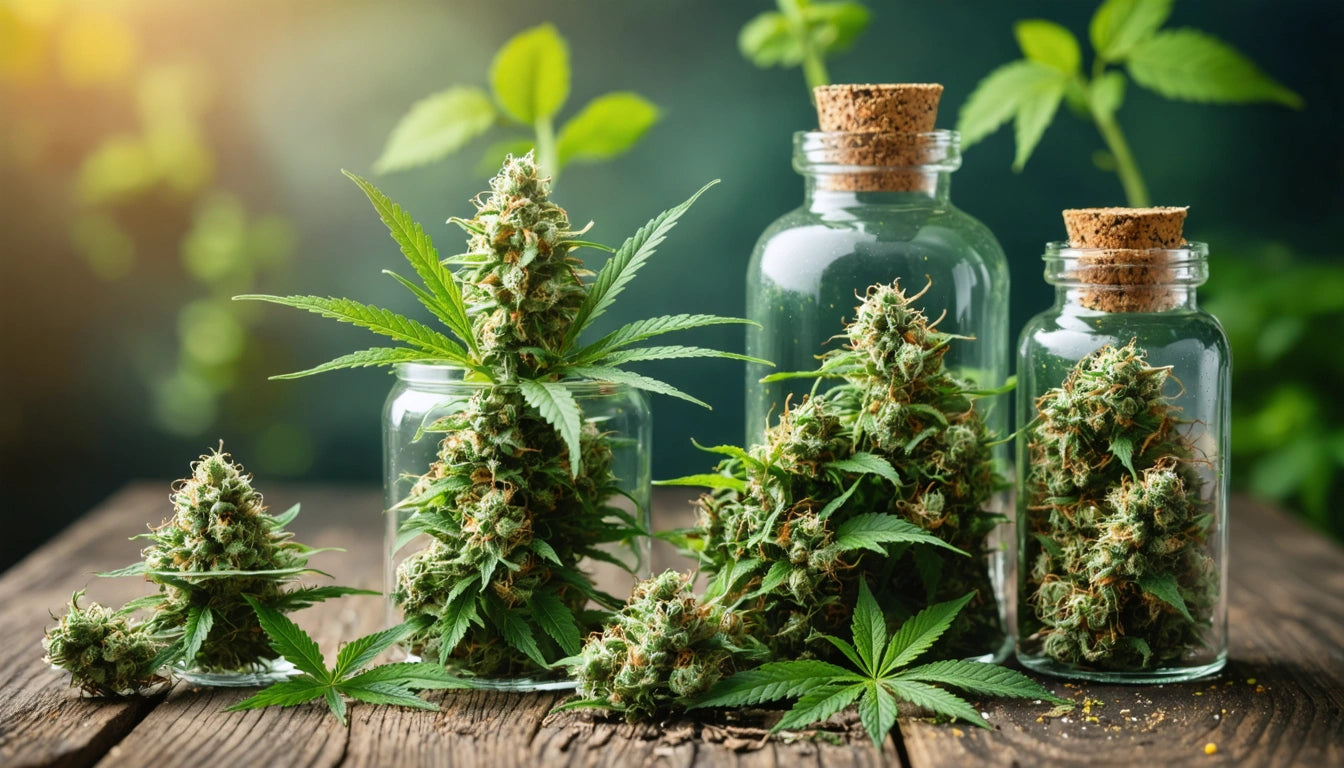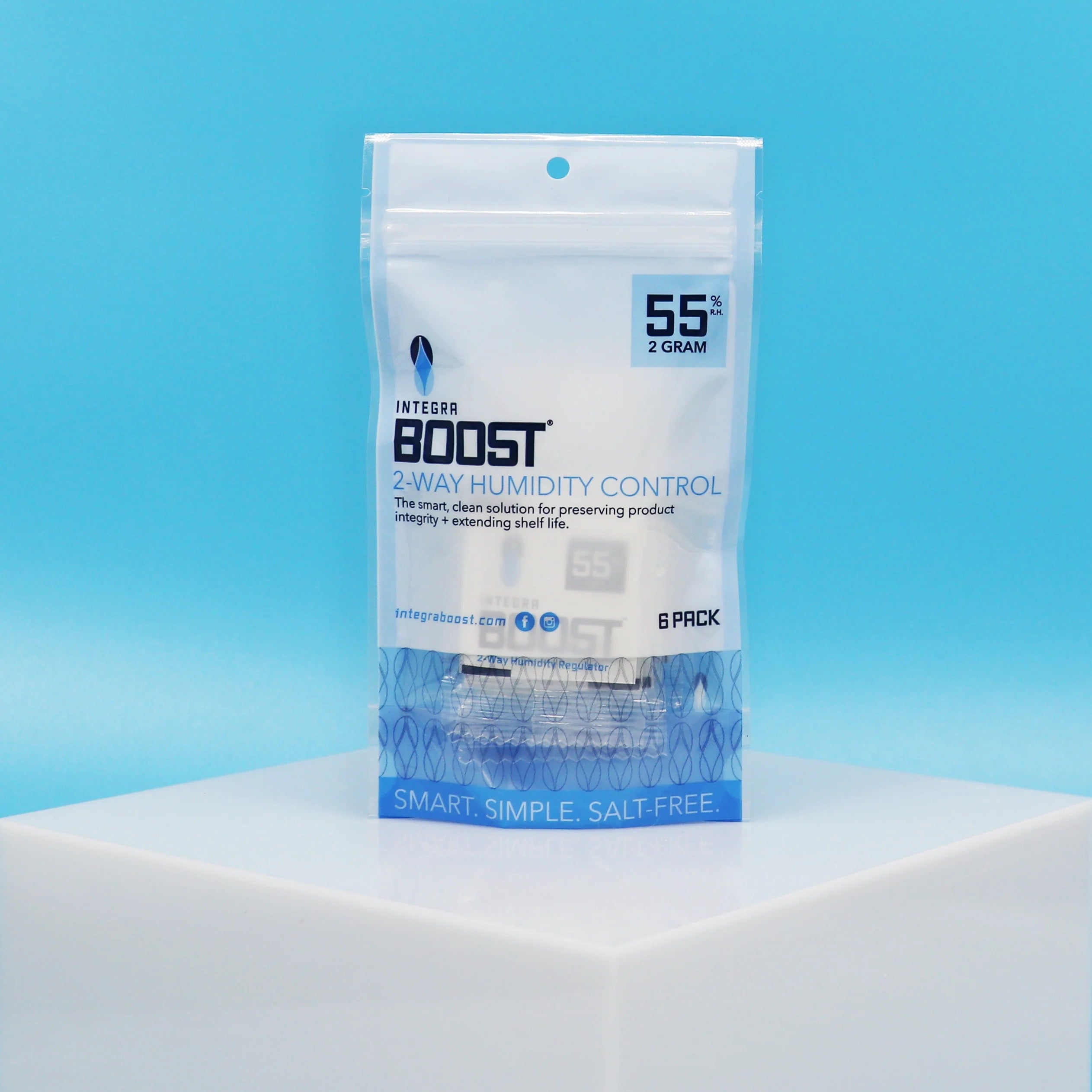- Understanding Medical Cannabis Prescriptions
- Qualifying Conditions for Medical Cannabis
- Finding a Cannabis-Friendly Healthcare Provider
- The Consultation Process
- Navigating State Regulations
- Obtaining Your Medical Cannabis Card
- Understanding Dosage and Consumption Methods
- Next Steps After Receiving Your Prescription
How to Obtain a Medical Cannabis Prescription
Medical cannabis has emerged as a viable treatment option for numerous health conditions. However, obtaining a prescription involves navigating a complex landscape of regulations that vary by state. This guide walks you through the process of how to get prescribed medical cannabis, from identifying qualifying conditions to finding the right healthcare provider.
Understanding Medical Cannabis Prescriptions
Technically, doctors don't write "prescriptions" for cannabis since it remains federally classified as a Schedule I substance. Instead, they provide "recommendations" or "certifications" that qualify patients for medical cannabis programs in states where it's legal. This distinction is important when learning how to get a cannabis prescription.
These recommendations serve the same purpose as prescriptions, allowing patients to legally purchase, possess, and use cannabis for medical purposes within their state's guidelines.
Qualifying Conditions for Medical Cannabis
Each state maintains its own list of qualifying conditions for medical cannabis. Some common conditions include:
- Chronic pain
- Cancer
- Epilepsy and seizure disorders
- Multiple sclerosis
- PTSD
- Glaucoma
- HIV/AIDS
- Crohn's disease and inflammatory bowel disorders
- Parkinson's disease
- Terminal illnesses
Before seeking a recommendation, confirm that your condition qualifies in your state. This is the first step in understanding how to get prescribed cannabinoids for medical use.
Finding a Cannabis-Friendly Healthcare Provider
Not all doctors are willing or able to recommend medical cannabis. To find a cannabis-friendly provider:
- Ask your primary care physician if they provide cannabis recommendations
- Search for specialized cannabis clinics in your area
- Use online directories of medical marijuana doctors
- Consult patient advocacy groups for referrals
Some states maintain official lists of approved providers who can certify patients for medical cannabis programs. This step is crucial when figuring out how to get cannabis prescribed legally.
The Consultation Process
When meeting with a healthcare provider to discuss medical cannabis, be prepared to:
1. Provide a complete medical history
2. Bring medical records documenting your qualifying condition
3. List all current medications to check for potential interactions
4. Discuss previous treatments you've tried
5. Ask questions about cannabis as a treatment option
The provider will evaluate whether cannabis might benefit your condition and, if appropriate, complete the necessary paperwork for your state's medical cannabis program. This consultation is a key part of how to obtain a prescription for medical marijuana.
Navigating State Regulations
Medical cannabis laws vary significantly by state. Some key regulatory aspects to understand include:
- Registration requirements and fees
- Possession limits
- Home cultivation allowances
- Caregiver provisions
- Reciprocity with other states' programs
Some states have implemented online systems for registration, while others require paper applications. Research your state's specific requirements to understand how to get a medical cannabis prescription in your location.
Obtaining Your Medical Cannabis Card
After receiving a doctor's recommendation, most states require patients to register with the state's medical cannabis program and obtain an identification card. This typically involves:
1. Completing an application form
2. Submitting the doctor's recommendation
3. Providing proof of residency
4. Paying an application fee
5. Waiting for approval and card issuance
Processing times vary by state, ranging from same-day approvals to several weeks. Once approved, you'll receive a medical cannabis card that allows you to purchase products from licensed dispensaries.
Understanding Dosage and Consumption Methods
Unlike traditional prescriptions, medical cannabis recommendations rarely specify exact dosages. This leaves many patients wondering, "where do I find the doses for my cannabis rx?" Your healthcare provider should offer general guidance, but finding your optimal dose often requires some trial and error.
Consider various consumption methods based on your condition and preferences:
- Inhalation (smoking or vaporizing)
- Edibles and capsules
- Tinctures and oils
- Topicals
- Transdermal patches
For those who prefer smoke-free options, pre-rolled cones with custom options allow for precise dosing and convenient administration without the hassle of rolling your own.
Start with low doses and gradually increase until you find the minimum effective amount. Keep a journal to track your response to different products, dosages, and consumption methods.
Next Steps After Receiving Your Prescription
Once you've successfully navigated how to get prescribed medical cannabis, there are several important considerations for ongoing treatment:
- Schedule regular follow-up appointments with your healthcare provider
- Research consumption methods that best suit your condition
- Learn about legal considerations when purchasing cannabis
- Consider applying for a caregiver if you need assistance
- Mark your renewal date, as most medical cannabis cards expire annually
Remember that medical cannabis laws continue to evolve. Stay informed about changes in your state's regulations that might affect your access or legal protections.
By following these steps, patients can successfully navigate the process of obtaining and using medical cannabis as part of their treatment plan. While the process may seem daunting at first, understanding the requirements and procedures makes it much more manageable.











Leave a comment
All comments are moderated before being published.
This site is protected by hCaptcha and the hCaptcha Privacy Policy and Terms of Service apply.